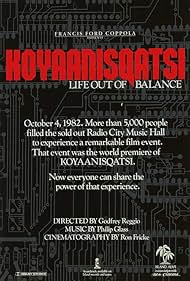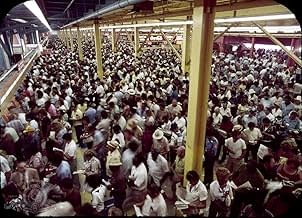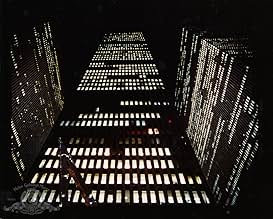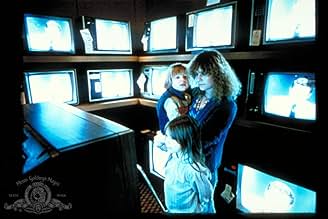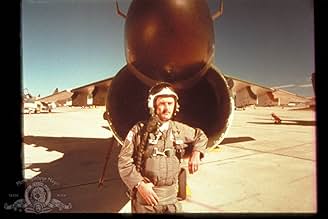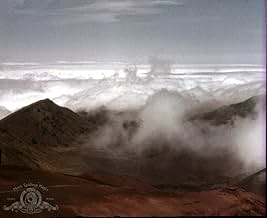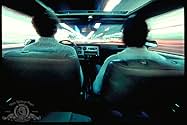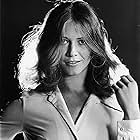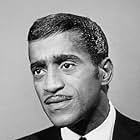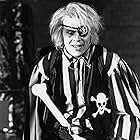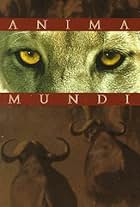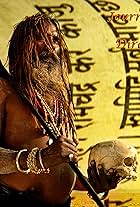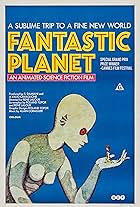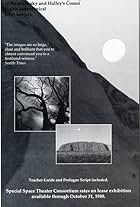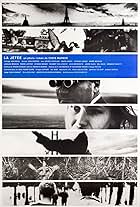A collection of expertly photographed phenomena with no conventional plot. The footage focuses on the relationship between nature, humanity, and technology.A collection of expertly photographed phenomena with no conventional plot. The footage focuses on the relationship between nature, humanity, and technology.A collection of expertly photographed phenomena with no conventional plot. The footage focuses on the relationship between nature, humanity, and technology.
- Awards
- 6 wins & 1 nomination
- Self - On TV
- (archive footage)
- (uncredited)
- Self
- (archive footage)
- (uncredited)
- Self - On TV
- (archive footage)
- (uncredited)
- Self - On TV
- (archive footage)
- (uncredited)
- Self - On TV
- (archive footage)
- (uncredited)
- Self - On TV
- (archive footage)
- (uncredited)
- Self - On TV
- (archive footage)
- (uncredited)
- Self - On TV
- (archive footage)
- (uncredited)
- Self - On TV
- (archive footage)
- (uncredited)
- Self - On TV
- (archive footage)
- (uncredited)
- Self - On TV
- (archive footage)
- (uncredited)
- Self - On TV
- (archive footage)
- (uncredited)
- Self - On TV
- (archive footage)
- (uncredited)
- Self - On TV
- (archive footage)
- (uncredited)
- Self - On TV
- (archive footage)
- (uncredited)
Storyline
Did you know
- TriviaGodfrey Reggio was hooked on Philip Glass doing the music. He approached Glass through a mutual friend, and Glass replied, "I don't do film music." Reggio persisted, and finally the friend told Glass that the tenacious guy was not going to go away without at least an audience. Glass relented, though he still insisted he wasn't doing the music. Reggio put together a photo montage with Glass' music as the soundtrack, which he presented to Glass at a private screening in New York. Immediately following the screening, Glass agreed to score the film.
- GoofsThe two explosions at about 18 minutes into the film were shot with anamorphic lenses and not properly desqueezed for the film's 1.85:1 aspect ratio.
- Quotes
[last lines]
title card: Translation of the Hopi Prophecies sung in the film: "If we dig precious things from the land, we will invite disaster." - "Near the Day of Purification, there will be cobwebs spun back and forth in the sky." - "A container of ashes might one day be thrown from the sky, which could burn the land and boil the oceans."
- Crazy creditsEnd credits go over mashed voice recordings in English ranging from call operator answers to television news.
- ConnectionsEdited into Wide Awake (2006)
So, Koyanisqaatsi. Boring junk to some, an involving masterpiece to others, and God knows what other adjective-noun combinations are out there (you can probably guess my opinion from the rating above). Most of these descriptions are fairly subjective, but it would definitely be wrong to regard Koyanisqaatsi as anti-cinema. It is anything but. Cinema, in its purest form, is a marriage of sound and visuals; everything else is just decoration. Dialogue? Storyline? Koyanisqaatsi harks back to an age when cinema was simply a filmed record of a situation. Was it not the Lumiere brothers who are generally regarded as the first pioneers of cinema? And is it not the case that their films comprised of nothing more than situations like a couple feeding their baby, workers leaving a factory, or the (in)famous Train Leaving A Station, which went down in folklore as causing people to flee the auditorium in panic thinking they were about to be hit by a train as it approached them on-screen? Koyanisqaatsi is cinema returning to its roots, to the days when the possibilities for film as an art form were wide open, free of commercial constraints and fickle audiences too narrow in scope to accept anything other than what they view as the given norm.
In a way it's fairly irrelevant what Koyanasqaatsi meant to me on a personal level, though I might get to that later. What's important is what Koyanasqaatsi represents. It's an interesting attempt (and a successful one in my view) to illustrate how a narrative can be created simply by editing together seemingly loosely related scenes and images. It reminds me of another cinematic milestone, the Kuleshov experiment, in which two separate images where edited together to create a third meaning, and which helped establish what is now known as Russian montage (and speaking of the Russian montage tradition, anyone who has seen Vertov's The Man With The Movie Camera will no doubt find traces of it in Koyanisqaatsi and vice versa). Koyanisqaatsi takes it one step further, perhaps even to its logical conclusion, using editing to create a new meaning for the entire narrative as a whole. It works on a gut level and sparks an emotional response, in a way it demands a response, be it boredom, amazement... it really depends on the person (as illustrated by the Reggio quote above). As such it's an example of cinema at its most subjective.
Coming back to the influence Man With A Movie Camera no doubt had on this film, I think what Godfrey Reggio has done here is take this specific style of film-making and turn it into what I, personally, view as a cinematic statement on humanity- and our technology's relationship with the environment around us. It's a pessimistic film, filled with Cold War anxiety (though it hasn't lost any of its relevance) - and in retrospect, I also found it reminiscent of an age when America still had a strong avantgarde movement in the shape of people like Reggio or Laurie Anderson (and in a way it's an interesting coincidence that 1983 also gave birth to another experimental documentary, Chris Marker's Sans Soleil, which is equally rich in scope and tackles the same philosophical issues, albeit from a slightly different angle).
I really wonder if the western world could produce a film like this today, in an age where cinema audiences are more fickle than ever, demanding a cut every three seconds and some sort of "surprise twist" at the end, with hardly a niche left for the Godrey Reggios of this world. But in a way I suppose it doesn't really matter. Koyanisqaatsi, to me at least, is one of the richest cinematic experiences anyone could possibly hope to have, and I doubt I'll see a film which will move me quite like this for a long time to come.
Details
- Release date
- Country of origin
- Official site
- Languages
- Also known as
- Koyaanisqatsi: Life Out of Balance
- Filming locations
- San Onofre Nuclear Generating Station, San Diego County, California, USA(as seen from San Onofre State Beach)
- Production companies
- See more company credits at IMDbPro
Box office
- Gross US & Canada
- $1,723,872
- Gross worldwide
- $1,728,124
Contribute to this page

